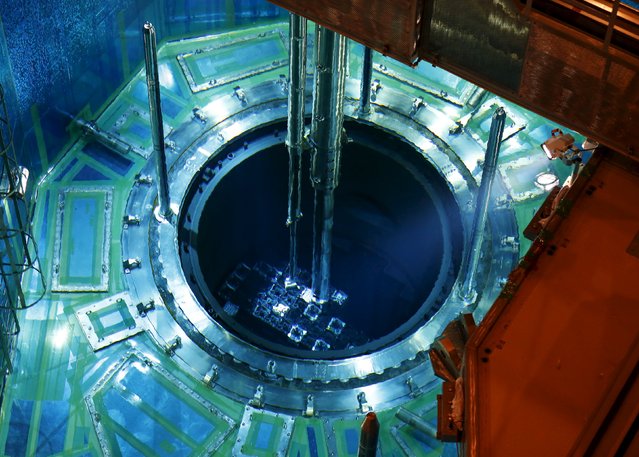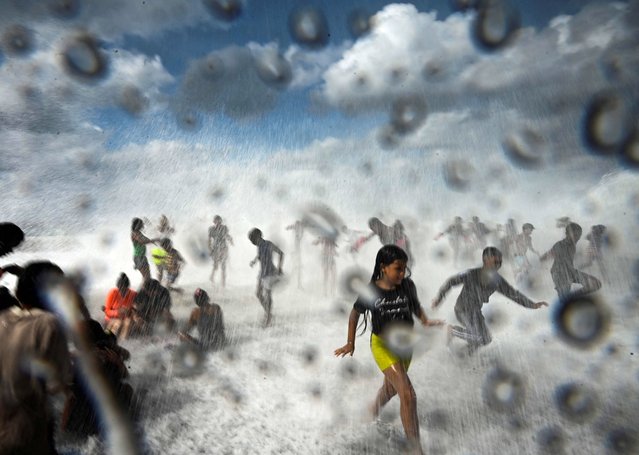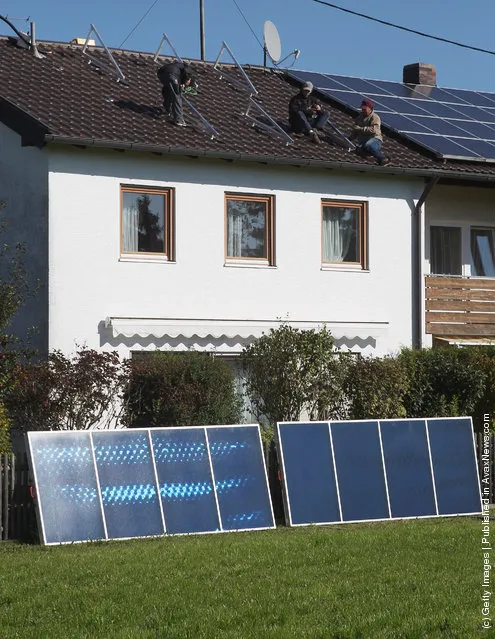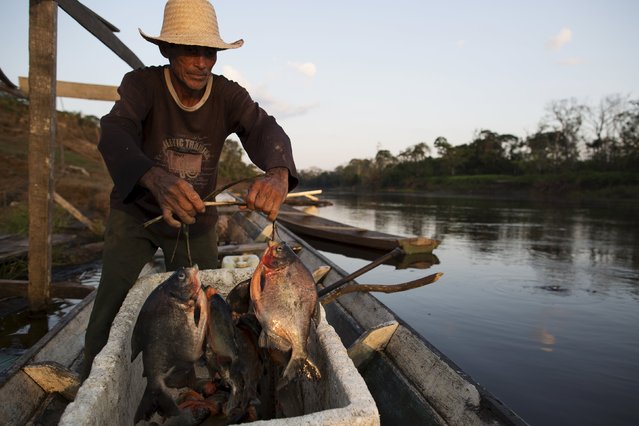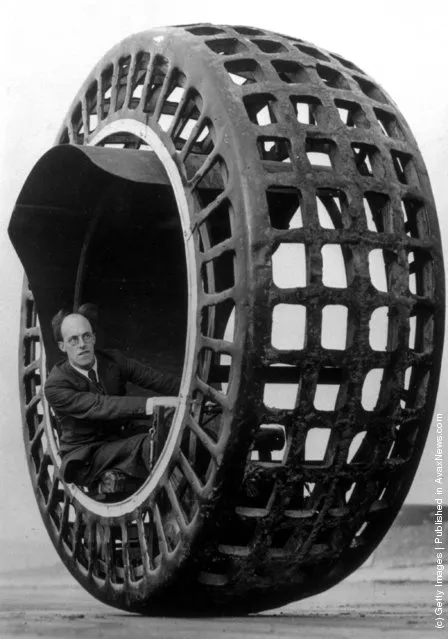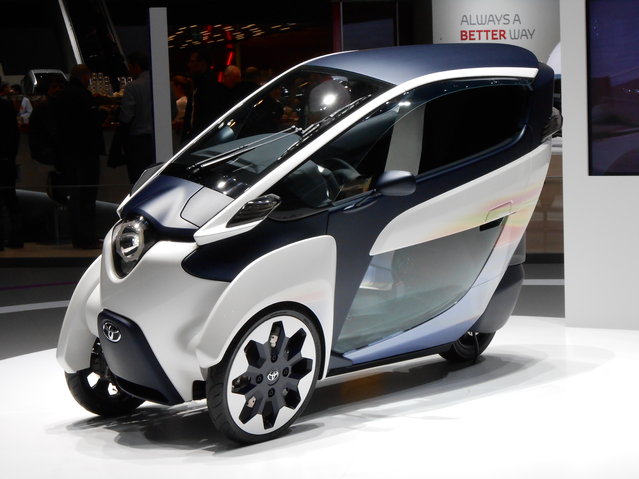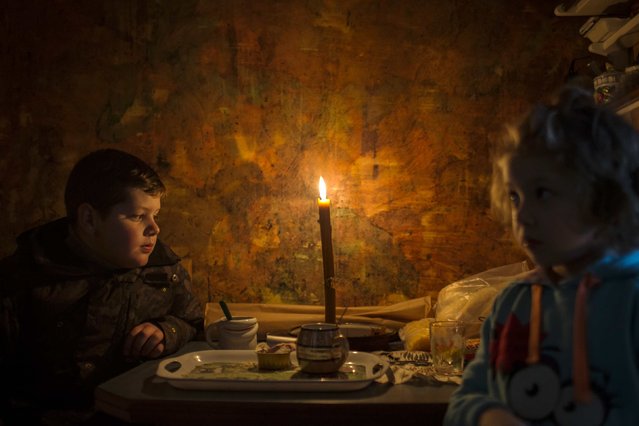
Lazar and his sister Andjelka sit by a candle in their home in the eastern Serbian town of Majdanpek, December 4, 2014. Electricity workers in Serbia struggled through snow, ice and treacherous terrain on Thursday to restore electricity to an eastern town left shivering without power, heating or running water for a fourth day. (Photo by Marko Djurica/Reuters)
08 Dec 2014 12:20:00,post received
0 comments

